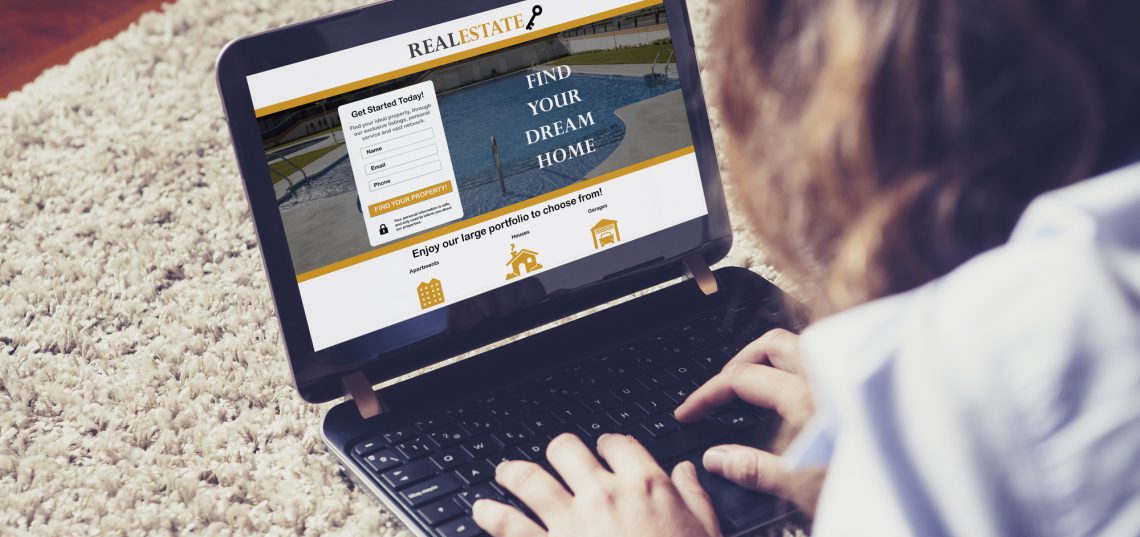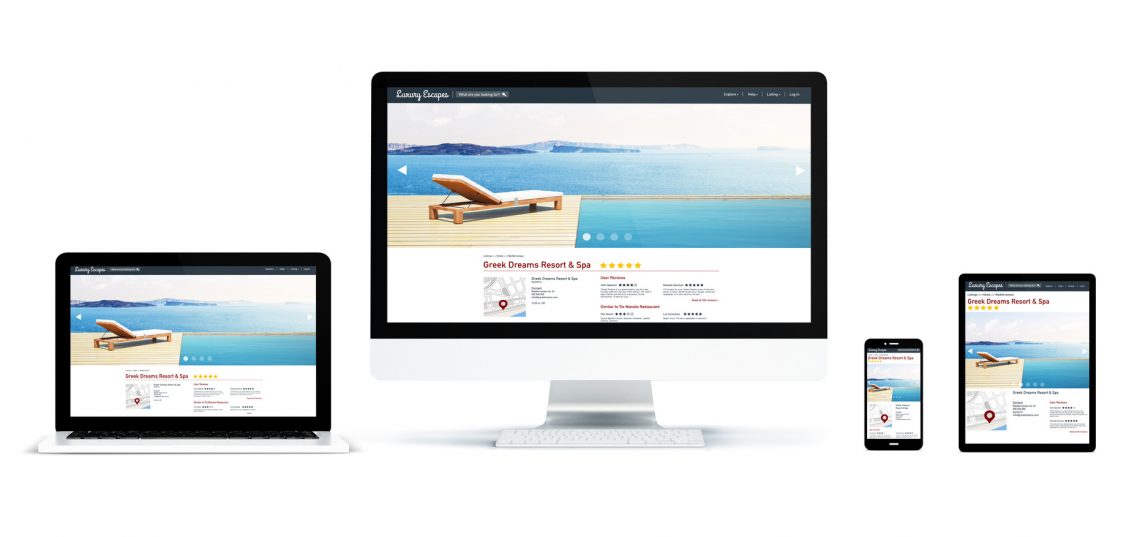Finding the right website development company for your business doesn’t have to be overwhelming.
Web sites can be fantastic tools for marketing your business. But if you decide to work with a website development company that isn’t a good match for you, it can be a real drag. Purchasing a website can be challenging. Often because you don’t know what you should be looking for and what questions to ask.
So to give you a leg up, here are some tips to help you choose the best website development company for your business.
1.Website Development Company: Established?
Experience is always a good thing for a website development company to have under its belt. You can measure this in the number of clients, years and primarily through the quality of their portfolio. These three qualities tell you valuable information.
For example, years in the industry lets you know this company is a consistent and successful enterprise and that’ll be able to work well with your business longterm. The amount of previous and current clients shows that a company knows how to deal with many different web projects. It also means its less likely they’ll work on a project they don’t have any experience in.
Lastly, it shows the company has chances to work out its kinks and experienced with deadlines and timelines.
Some questions to ask:
How much time has the company spent building and developing websites?
How many clients do they work with currently?
How many employees work for them?
To save time and money, a part of you might want to get your website up and running by a friend, freelancer or small company. Usually, the little web developers and freelancers don’t have the experience needed and what may have appeared as a money saver turns into a costly nightmare. These stories pop up over and over again and going with freelancers, and smaller companies are just a quick fix for something that needs a long-term solution.
Websites tend to need on-going work and partnering with reliable web developers helps you get the job done and then some down the road. That they have the experience, you need to guide and advise you.
2. Payment
Websites prices are at all different levels. You could get one for just about nothing and pay for hosting. The rates can also be as high as 30,000 and even higher.
The exciting thing about the web design business in that a quote for a typical website project could be different depending on the company quoting you. You might be tempted to go with the lowest price and can purchase a website between $400-$700. But it always good to fully understand what you’re paying for before the website development company gets started.
Cheaper can and tends to have limitations. Another thing to think about is that they can be out of the box solutions and won’t be able to receive the same kind of customization and consultation many websites need. The cheap option could still work, but not for everyone.
The old saying “you get what you paid for” is as true in the web design business as it is out in the world. However, like the cheap option, on the other end of the spectrum, the website can cost too much. Then the amount you paid for it doesn’t equal the expertise or quality of the final product.
The ideal way to look at a website is to it as a long-term investment. If you save a little extra money and pick the right web design company your site can be a powerful tool for years to come.
3. Updating The Website Yourself
The best way to update your website yourself is to use CMS or other content management system. Regardless of how its getting updated, that step is crucial. Because if your site isn’t on CMS, it could cost you a lot more in the future.
4. Support
Does the web design company provide ongoing support? Buying a website means maintenance will be needed. So make sure to hire a company that is willing and able to provide that.
We often hear horror stories of web development companies that start out high, but within 6-12 months and then start to lose interest. So make sure the support is ready to go when you go to hire.
5. One Place
It’s easier and better if one company takes care of everything when it comes to your website.
That said, there are a lot of elements that are required to make a website work. Copywriting, graphic design, hosting, support, online marketing and domain names. A company that provides all those services is one you want to go after and most of their services to promote your business.
6. Additional Charges
When you are getting quotes and buying a website, you’ll get a fixed rate, but be aware of any related sites costs and ongoing charges. A great example is supporting fees and hosting. But future expenses such as design and development costs are also reasonable to know. This allows you to get the full picture and price right up front.
7. Work Samples
It’s crucial before you hire a web development company that you see what they’ve done in the past. Don’t check out the look of the website though; the functionality is as necessary. Case studies and testimonials are also good ways to check a company’s reliability.
8. Keep Australian
In the web design business, its tempting to outsource support and development across the globe to save money and resources. But this comes at the cost of consistent communications. However, if you go with Australian business, they’ll not only be in the same timezone, but problems will get solved faster.
In general, working with a web development company in the same timezone and country helps keep the ball rolling.
Find One!
Finding a decent web design business to work with is challenging. There are a lot of factors to consider when picking one. But once you get that company that works for you, so many doors open.
For more information, check out our great way to make a high-quality website.


 Animations
Animations






